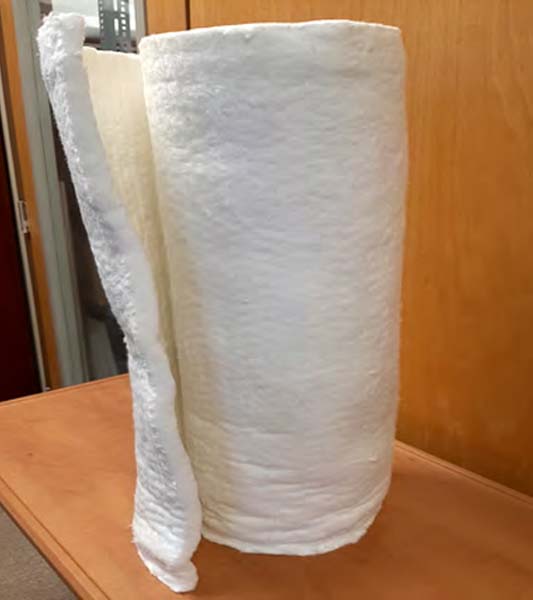One thing that is extremely imperative when building a house is effective insulation. After all, fire is a hazard that can take many lives. This is why investing in a proper fire barrier insulation system is essential. However, before choosing an insulation system, it is important to identify the differences between fireproof and fire-resistant insulation to understand which one works the best.
Fire Resistant Insulation Vs. Fireproof Insulation.
Just like the name suggests, fire-resistant insulation is used to describe an insulation material that can withstand fire. On the other hand, fireproof insulation suggests that the insulation material cannot catch fire or get affected by it.
However, with fire being known as one of the most destructive substances out there, most people wonder if fireproof insulation even exists. The fact is, despite its name, even fireproof insulation does not guarantee 100% protection. With a certain amount of time and heat level, any material will eventually start to burn. What insulation does is give time and delay the spread of fire.
Although the terms are used interchangeably, today, most of the most popular insulation materials are called fireproof because they focus on retaining heat instead of stopping fires.
Types of Insulation Available in the Market
1. Fiberglass
Fiberglass is basically melted glass that is spun into fibers and combined with plastic polymers. Although the fiberglass doesn’t burn and is naturally fire-resistant, the paper in which it is packed can burn very quickly. Fiberglass itself starts to soften at 1500 Fahrenheit and melts around 2050 Fahrenheit, which means it is very difficult to melt it.
2. Mineral Wool
Mineral Wool is one of the oldest insulation materials available. Recycled using rock or iron from a blast furnace, mineral wool is non-combustible and works amazingly as an insulation material. Most mineral wool can stand against temperatures up to 2000 Fahrenheit.
3. Foam
Made with the help of cellulose and recycled newspaper, foam is another common insulation material. Although it can ignite at 300 Fahrenheit, it is used in some buildings with other insulation materials.
What is an Ideal Fire Rating for Insulation?
The fire rating system describes how long material can stand against standard fire-resistant tests. The Class 1 Fire Rating insulation is what many inspectors suggest for a home. To attain this rating, the insulation material should have a flame spread index of 25 or less with a smoke development lesser than 450. This rating doesn’t necessarily mean that the insulation material is fireproof. However, this is a standard rating for many insulation materials.
Insulation is extremely important for a home because fire is a hazard that can take lives. Contact Insulapack today to get high-quality fire barrier insulation without going overboard with the budget.


